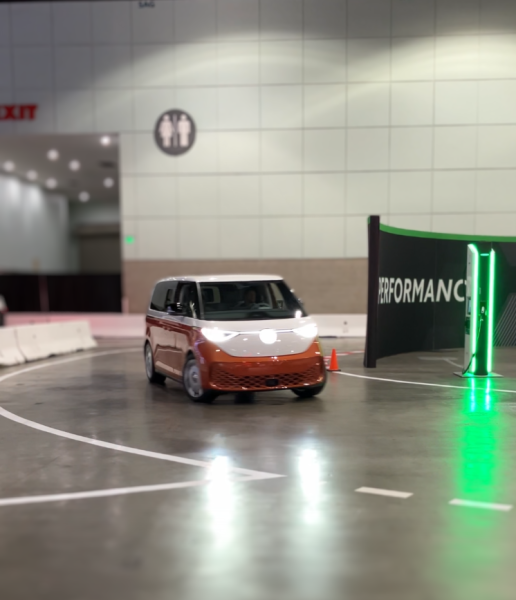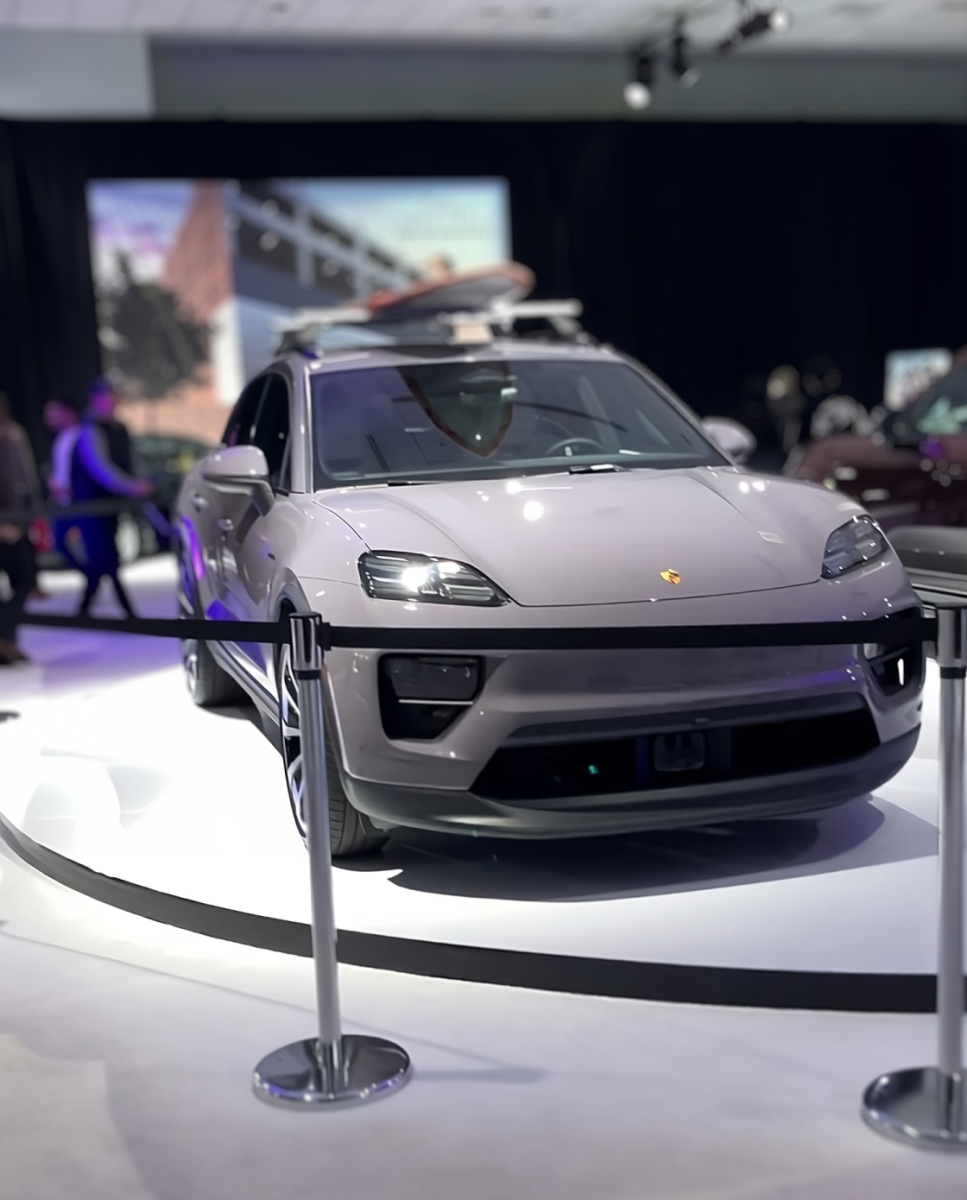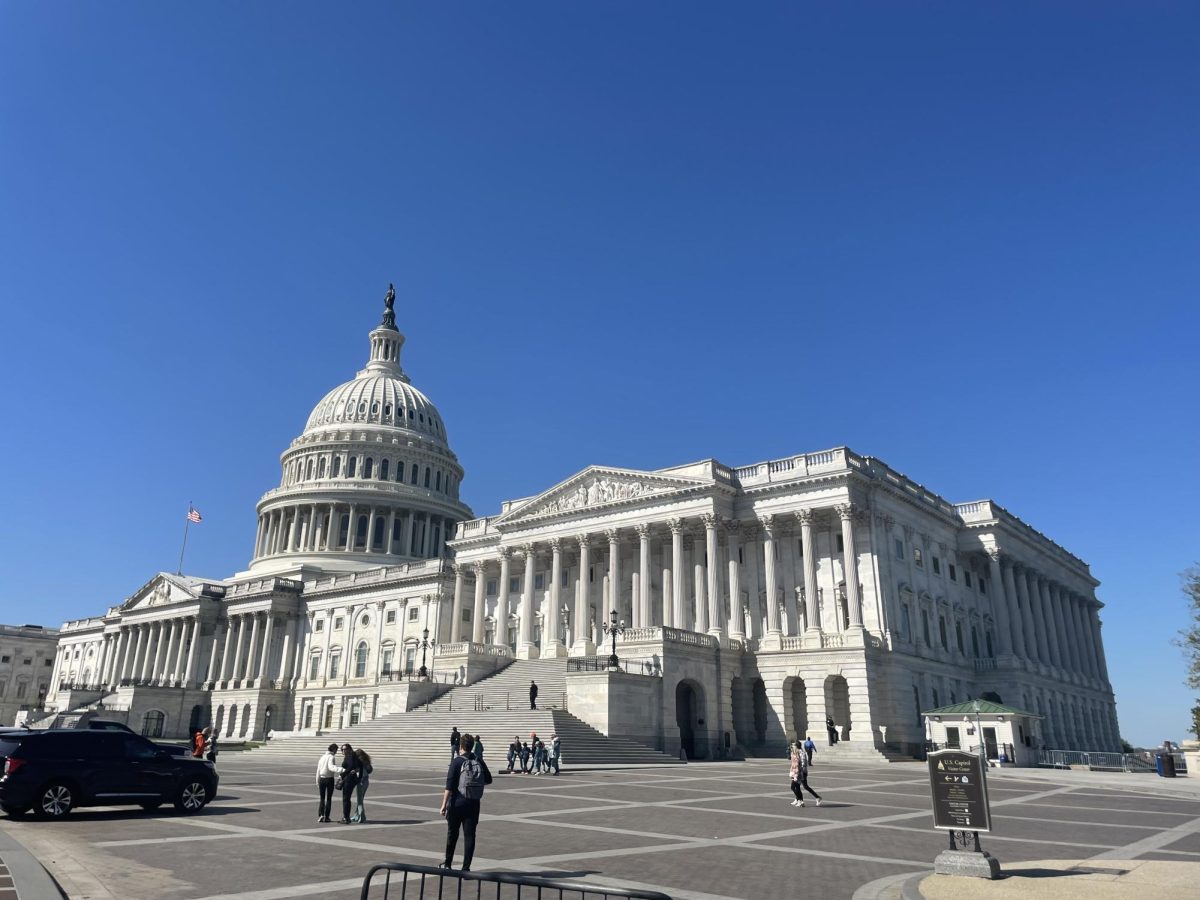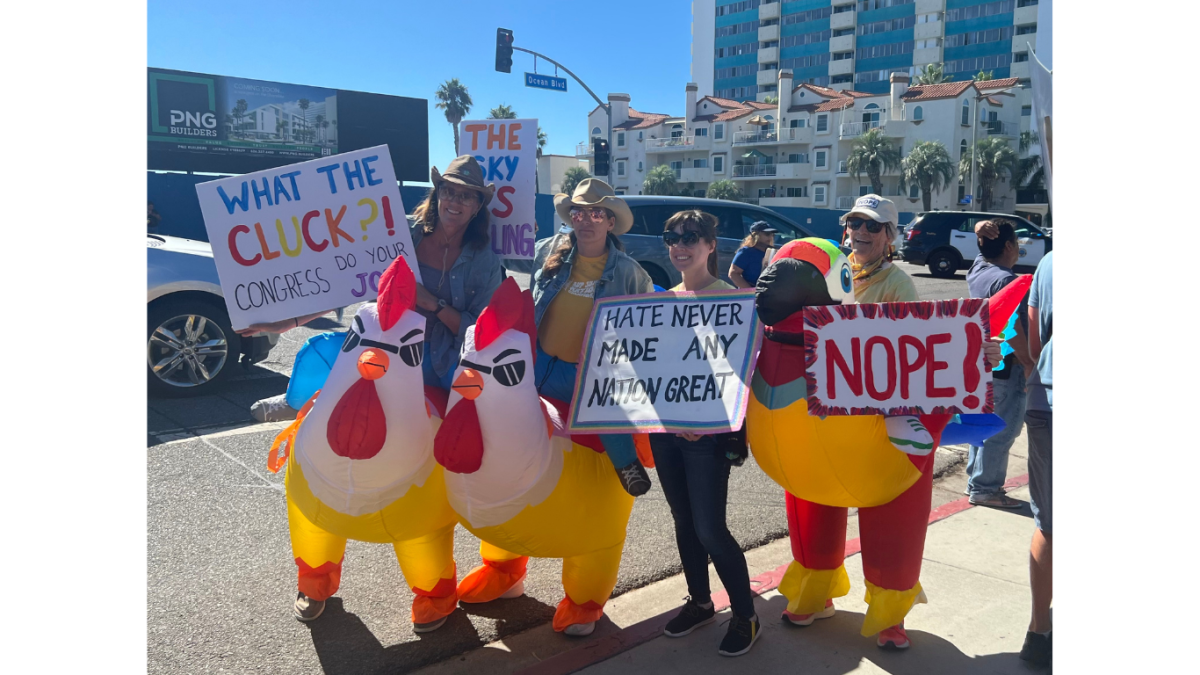LOS ALAMITOS, Calif. — In a statement Monday, Nov. 26, 2024 President Donald Trump supported the idea to cut subsidies for electric vehicles, which mainly include the $7,500 tax credit for brand-new EVs and select plug-in-hybrids. NBC News states that California is already looking to head off any moves by President Trump.
“Drivers have the freedom to choose a future that produces zero emissions, moves away from our dependence on fossil fuels and represents the end of trips to the gas station,” Carlos Tavares, Nissan of America’s 2010 Chairman, said.
In December 2010, Nissan shocked the world with the release of the first mass-produced EV in history: the Nissan Leaf. This car was the start of the electric boom in the mid-2010s. Other car manufacturers started making their own EVs in response to the Leaf. This included the Ford Focus Electric, Mitsubishi i-MiEV and Toyota RAV4 EV.
On Aug. 17, 2022, The Inflation Reduction Act amended the Qualified Plug-In Electric Motor Vehicle Credit, which is now known as the Clean Vehicle Credit. Taxpayers who purchase an eligible vehicle may qualify for a tax credit up to $7,500 in an effort to make EVs more affordable.

As is now apparent, President Trump wants to cut EV tax credits, but is this really a good idea?
According to Edmunds, California has the highest percentage of EVs at 26% at the end of 2023. If Trump removes the $7,500 credit for these EVs, this could affect sales dramatically. This would not only be a problem for consumers, but for automakers. With the credit gone, it could turn potential buyers away from buying an EV due to the high prices. According to CarEdge, the average selling price of a new EV was $56,351 in October 2024; this can become a big problem in the coming months, since current inflation levels show no sign of slowing down.
A high school student from the Bay Area, who decided to remain anonymous, revealed that as a Tesla Model Y owner, his family likes their experience with their Tesla. However, they did mention that their front electric motor failed after only two weeks of buying the car. They quickly took it back to get a free replacement motor free of charge and have had no problems over the next roughly 20,000 miles. Other than the slight hiccup in the second week of ownership, they have thoroughly enjoyed their EV experience.
“We plug it in every night so that it will be ready to go for about three days afterwards. It’s been great!” the student said.
Ms. Riegert, a teacher at Los Alamitos High School, owns a Tesla Model 3.
“I would recommend (buying an EV), but drive your current car to the ground first,” Ms. Riegert said.
She shared her love for her car and reported it was a major upgrade from her previous car, which was an internal combustion engine vehicle. She also mentioned that a Plug-in-Hybrid is an excellent way to ease into an EV.
EVs can be found all over the world, and the numbers are only growing, especially in the United States.
EVs have a number of benefits compared to regular internal combustion cars. According to Alpha Motor Corporation, electric vehicles have fewer moving parts when compared to regular cars, and they are cheaper to drive since you don’t have to worry about paying for gas.
The U.S. Department of Energy reported that 35% of cars in California are electric, and over 1.2 million EVs are registered nationwide, so it’s safe to say that the transition to EVs is going smoothly.










Dominique Parker • Feb 10, 2025 at 9:26 am
Hi Josh I feel like your article is interesting but missing quite a bit of information. In my opinion these should’ve been included to have a full scope of what really it means to own an EV vehicle today. I feel we’re only getting one side of the story here.
Electric vehicles (EVs) face challenges such as limited charging infrastructure, high costs, and battery degradation. As of 2024, the U.S. has over 192,000 publicly available charging ports, with approximately 1,000 new public chargers being added each week.  However, the recent suspension of a $5 billion federal program for EV charging stations may impact future infrastructure development. 
The mining of essential battery materials like cobalt and lithium has been linked to human rights abuses. In the Democratic Republic of the Congo, which supplies a significant portion of the world’s cobalt, there have been reports of forced evictions and other human rights abuses associated with industrial mining operations.  Between 2021 and 2023, there were 334 incidents of violence or protest linked to mining critical minerals such as copper, cobalt, lithium, and nickel in the top 10 producing countries. 
Addressing these issues requires ethical sourcing and investment in sustainable alternatives to improve the EV industry’s impact on both infrastructure and human rights.
Bella Kim • Feb 4, 2025 at 1:26 pm
Congrats on your first story with us, Josh! This was a great, informational article on EVs.
Alyssa Mathews • Jan 31, 2025 at 1:36 pm
Great job on your first article Josh! You put so much effort into this and it’s really well researched!
Amelia Gutierrez • Jan 31, 2025 at 12:29 pm
Wow Josh! This is a well-informed and well-researched article!